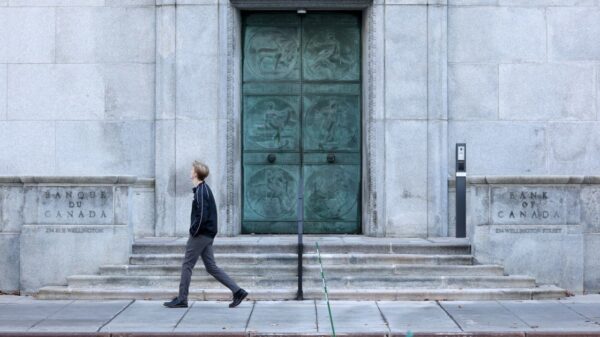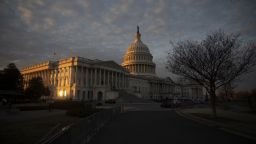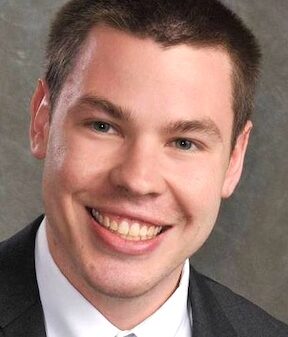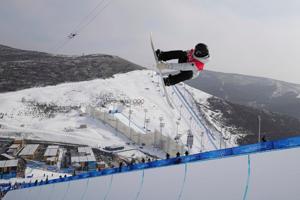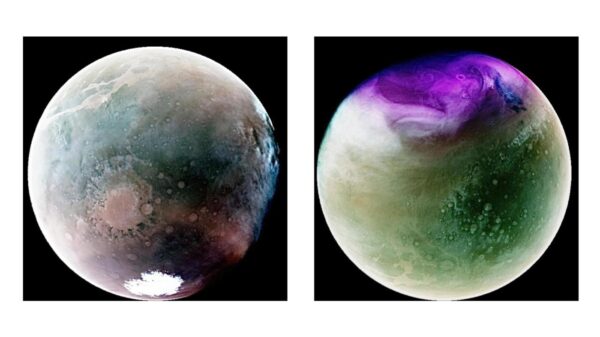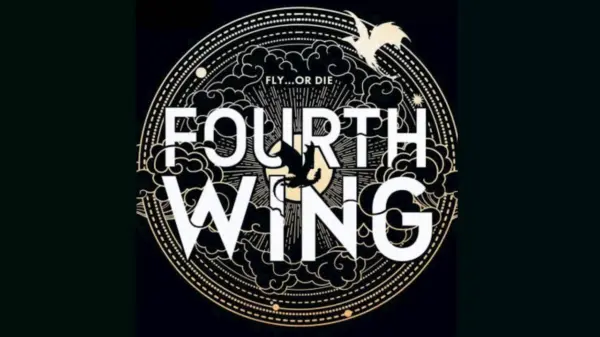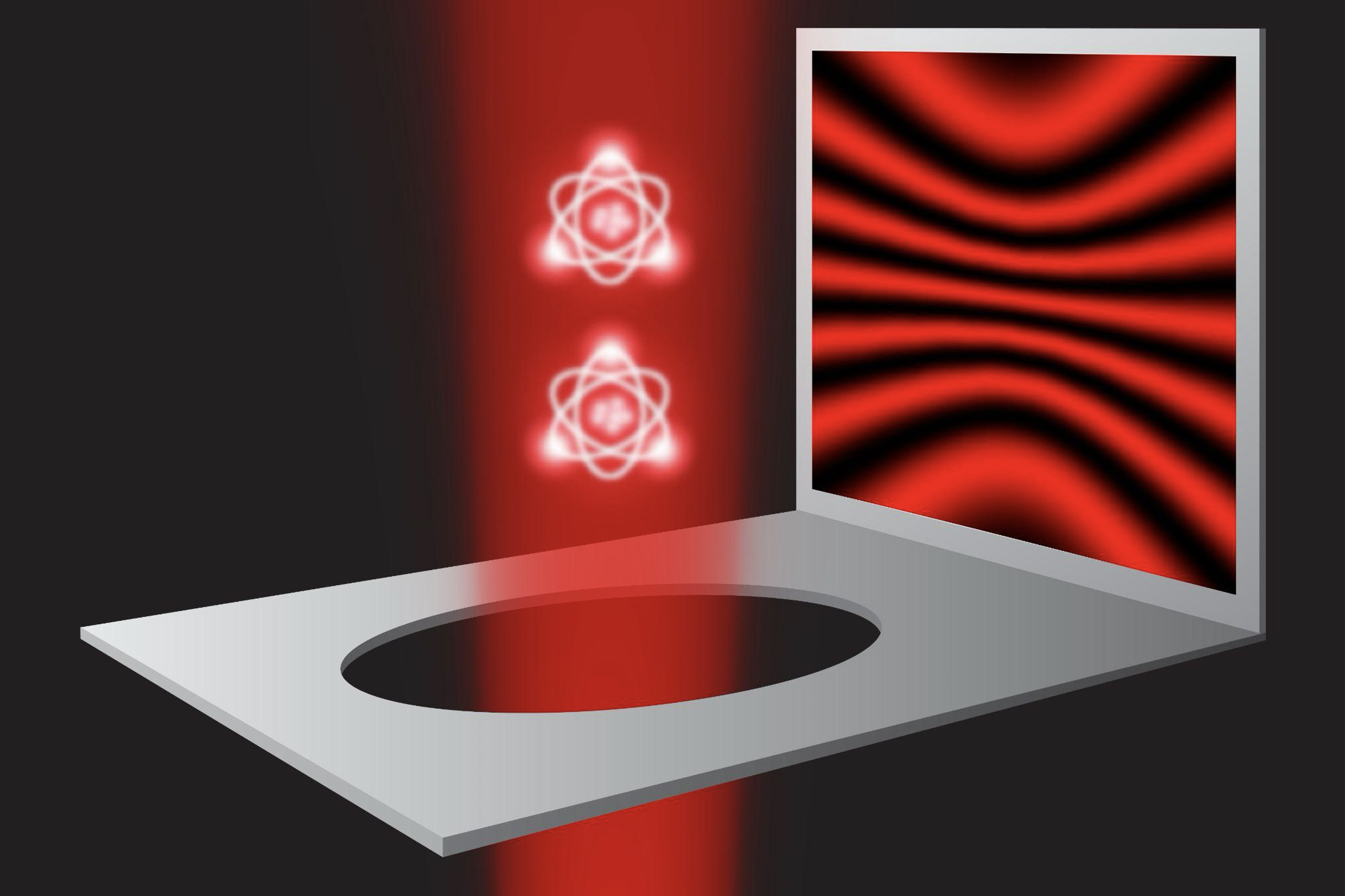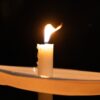Physicists at the Massachusetts Institute of Technology (MIT) have successfully conducted an idealized version of the double-slit experiment, a cornerstone of quantum physics. Their findings, published in the journal Physical Review Letters, reveal the dual nature of light with unprecedented precision, while also challenging a key assertion made by Albert Einstein regarding quantum behavior.
The original double-slit experiment, first conducted by British scientist Thomas Young in 1801, demonstrated that light behaves both as a wave and as a particle. When light passes through two closely spaced slits, it creates an interference pattern on a distant screen, indicative of its wave-like properties. Conversely, when attempts are made to measure which slit the light travels through, the interference pattern vanishes, supporting the notion that light can behave as particles, or photons.
In this latest experiment, the MIT team, led by Wolfgang Ketterle, utilized single atoms as slits and weak beams of light, allowing for a clearer observation of light’s behavior. The researchers found that when they gathered more information about the path of the light—reflecting its particle nature—the visibility of the interference pattern decreased. This aligns with the predictions of quantum theory, further confirming the work of Niels Bohr, who had argued against Einstein’s views nearly a century ago.
Ketterle emphasized the significance of their work, stating, “Einstein and Bohr would have never thought that this is possible, to perform such an experiment with single atoms and single photons. What we have done is an idealized Gedanken experiment.”
The innovative approach involved cooling over 10,000 atoms to microkelvin temperatures, which allowed the researchers to create a crystal-like lattice structure. In this configuration, each atom behaved as an isolated entity, enabling them to study the scattering of single photons as they interacted with the atoms. The results showed that the degree to which light behaved as a wave or a particle could be adjusted by manipulating the “fuzziness” of the atoms, or how precisely they were positioned.
The researchers discovered that when the atoms were allowed to be more spatially extensive, they could better record the path of the photons, thus increasing the likelihood of observing light’s particle-like behavior. This was achieved by modifying the laser light holding the atoms in place, allowing for a more flexible experimental setup.
Additionally, the team tested Einstein’s hypothesis that a photon passing through a slit could create a detectable force. They conducted measurements without any supporting mechanism, akin to a spring, and found that the fundamental duality of light remained unaffected.
The year 2025 is significant as it has been designated the International Year of Quantum Science and Technology by the United Nations, coinciding with the centenary of quantum mechanics. Ketterle’s findings contribute to a deeper understanding of quantum behavior and clarify historical debates between Einstein and Bohr.
This research was supported by various organizations, including the National Science Foundation, the U.S. Department of Defense, and the Gordon and Betty Moore Foundation. The implications of this work extend beyond theoretical physics, offering insights that may influence future technological advancements in quantum computing and other fields.







